【RocketNews24】10 little-known rules for eating Japanese food
Michelle Lynn Dinh (Shimane-ken, Chibu-mura, 2010–13) is an editor and writer for RocketNews24, a Japan-based site dedicated to bringing fun and quirky news from Asia to English speaking audiences.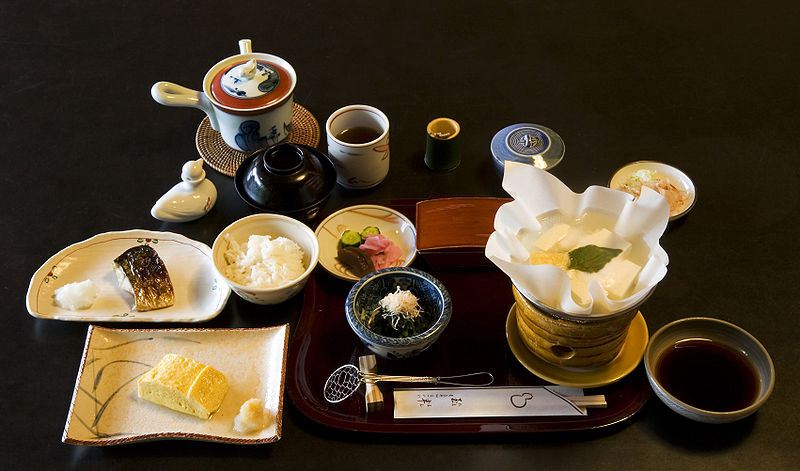
Japanese food, called washoku in Japan, has just been registered as a UNESCO Intangible Cultural Heritage, but you didn’t need an official declaration to know that sushi and tempura are absolutely delicious. But while enjoying Japanese food, have you ever mixed wasabi and soy sauce as a dip for your sushi? Or how about using your bowl as a chopstick rest? If so, you’ve committed an etiquette faux pas. Take a look at our list of 10 little-known rules for eating Japanese food and save yourself some embarrassment while enjoying a traditional Japanese meal.
1) Never use your hand to catch falling food
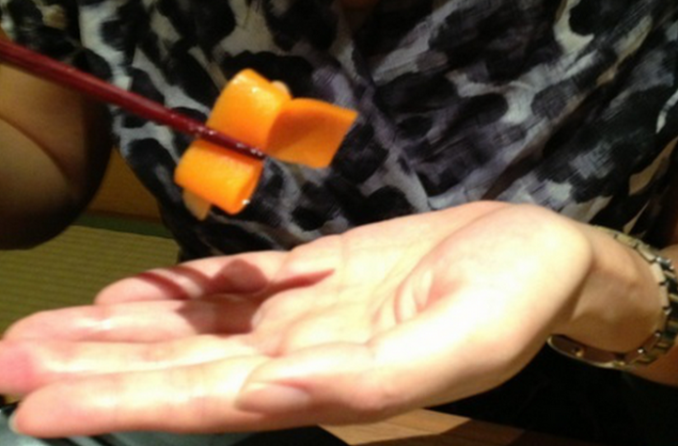 Image: Oshiete Takachan
Image: Oshiete Takachan
Cupping your left hand under your food to catch any falling morsels or drippings is actually bad manners. Using tezara (手皿), literally “hand plate,” may seem polite, eliminating any errant spills or stains on the table top or your clothing, but this common eating habit should be avoided when sitting down to a Japanese meal.
2) Avoid using your teeth to bite food in half
In general, you should always try to eat things in one bite and avoid using your teeth to tear food into smaller pieces. Since it’s impolite to place half-eaten food back on a plate, cover your mouth with your hand when chewing big pieces of food.
3) Never mix wasabi into your soy sauce
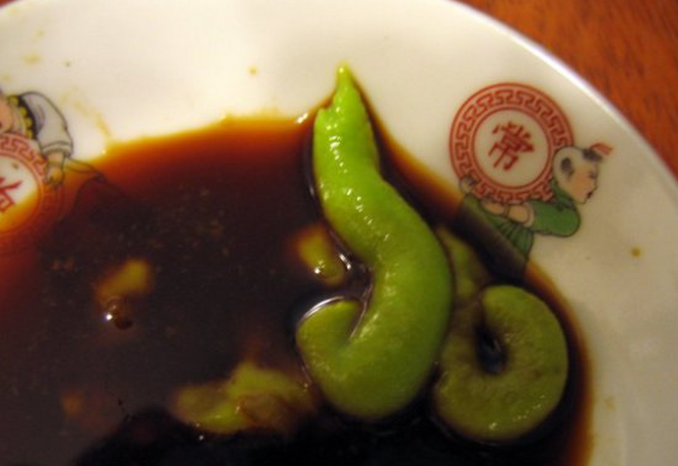 Image: Wikipedia
Image: Wikipedia
This improper eating method is seen in many restaurants all over the world, but should be avoided. Instead, place a small amount of wasabi directly on the piece of sashimi and then dip the fish into the soy sauce.
4) Don’t invert the lid of your bowl
Inverting the lid of your bowl is mistaken as a cue for being finished eating, however, the proper cue is to replace the lid on top of the bowl, just as it looked when brought to the table. This is because you could damage the lid by turning it upside down.
5) Don’t place clam shells in the bowl’s lid or on a separate plate
 Image: Morino Bazaar
Image: Morino Bazaar
When served clams or other shellfish, many people tend to put the empty shell in the lid of a bowl or on a separate plate once they’ve finished the meat. This is actually impolite and should be avoided; diners should instead leave the shell inside the bowl it was served in.
6) Don’t hold your chopsticks before picking up your bowl
When eating a Japanese meal, you should first pick up the bowl or vessel you will eat from and then pick up your chopsticks. When changing bowls, first put down your chopsticks, then change bowls. Only after you have picked up the second bowl should you pick up your chopsticks again.
7) Don’t hover or touch food without taking it, and always pause to eat your rice
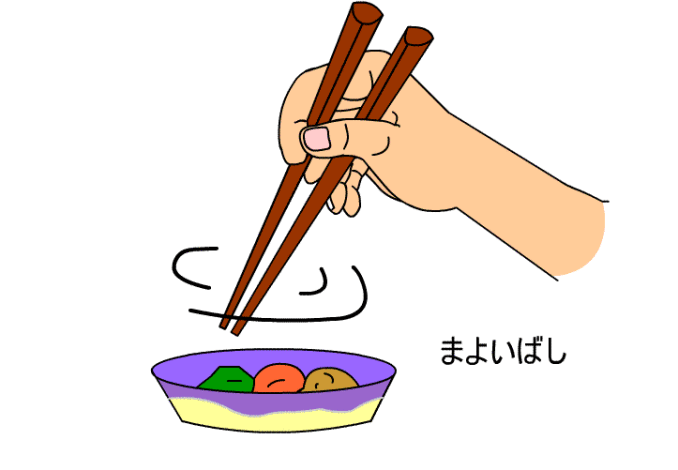 Image: Aladin
Image: Aladin
Not sure which food to eat first? Hovering your chopsticks back and forth over the side dishes before finally choosing is a breach of etiquette. It’s such bad manners that the practice has an official name, mayoibashi (迷い箸), literally “hesitating chopsticks.” Touching a food with your own chopsticks and then pulling them away without taking anything is called sorabashi (空箸), or “empty chopsticks,” and should also be avoided. You better pause to eat some rice between those side dishes, if you don’t you are committing utsuribashi (移り箸), literally “transition chopsticks.”
8) Never rest your chopsticks across the top of your bowl
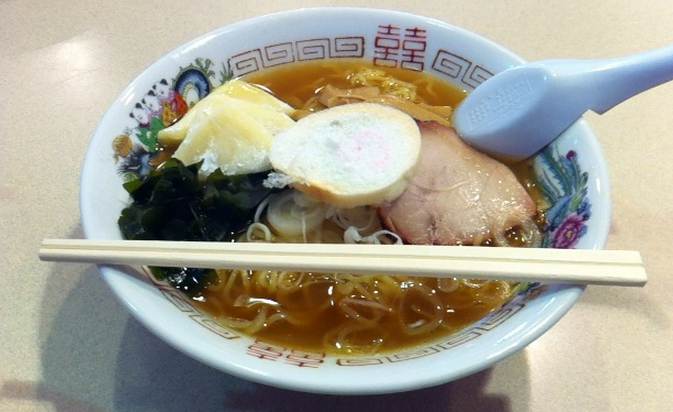 Image: Kenpoku
Image: Kenpoku
You’ve probably seen this done so many times it seems like the correct thing to do, but using your bowl as a chopstick rest is a breach of etiquette. If you want to put down your chopsticks, you should do so on a chopstick rest, or hashioki (箸置き). If none are available, use the wrapper the chopsticks came in to make your own. If a wrapper isn’t available, you should rest your chopsticks on the side of a tray or other similar item on the table.
9) Don’t use the opposite end of your chopsticks to take food from a communal plate
Since the backsides of the chopsticks are where your hands rest, it’s actually not a very clean area and shouldn’t be used to pick up food. Asking the waitstaff for an extra pair of chopsticks or politely saying, jika bashi de shitsurei shimasu (excuse me for using my own chopsticks), and taking food using your chopsticks is actually the proper thing to do.
10) Never raise your food above your mouth
Many people raise their food to about eye level while saying, itadakimasu before eating. However, proper etiquette states that you should never raise your food above your mouth, the highest level your chopsticks ever reach.
***Bonus***
Many people already know this, but you should never raise chopsticks to your mouth that are dripping with soup or liquid and never stab food with your chopsticks. You should also never leave your chopsticks standing straight out of your rice or pass food between chopsticks as these are reminiscent of funeral customs and seen as a bad omen if performed anywhere else.
Some of these etiquette rules are unknown to many people in Japan, so don’t feel bad if you’ve accidentally committed any of the following Japanese-food-eating sins. But do keep them in mind; maybe you’ll impress your friends with your knowledge of the proper way to eat in Japan.
Source: Naver Matome
Featured image: Wikipedia
Related articles from RocketNews24:
- 12 surprising cat facts from Japanese Internet users
- Man arrested for year-long terrorism campaign against manga “Kuroko’s Basketball”
- Don’t call them fat, call them Marshmallow Girls!
Are you a writer? RocketNews24 English is hiring!


Comments are closed.